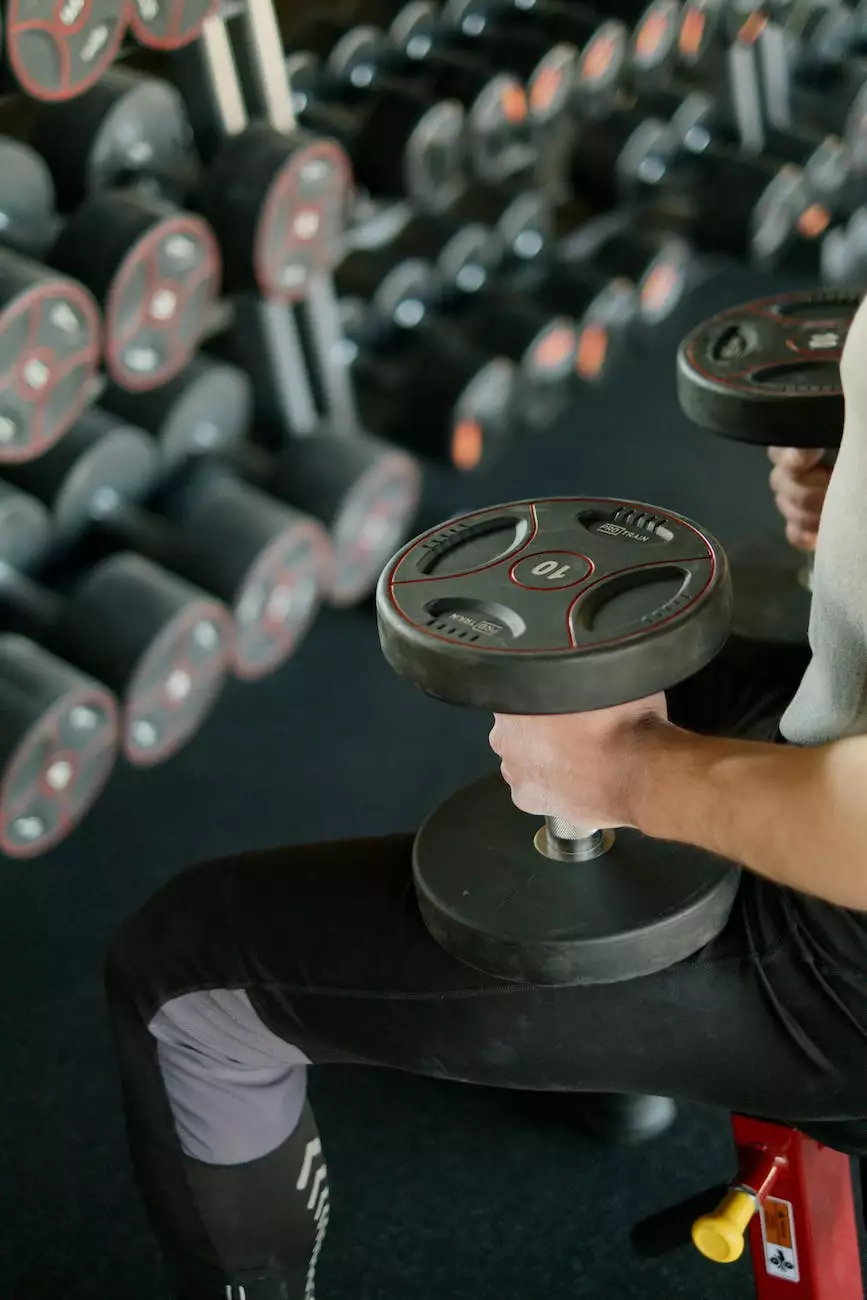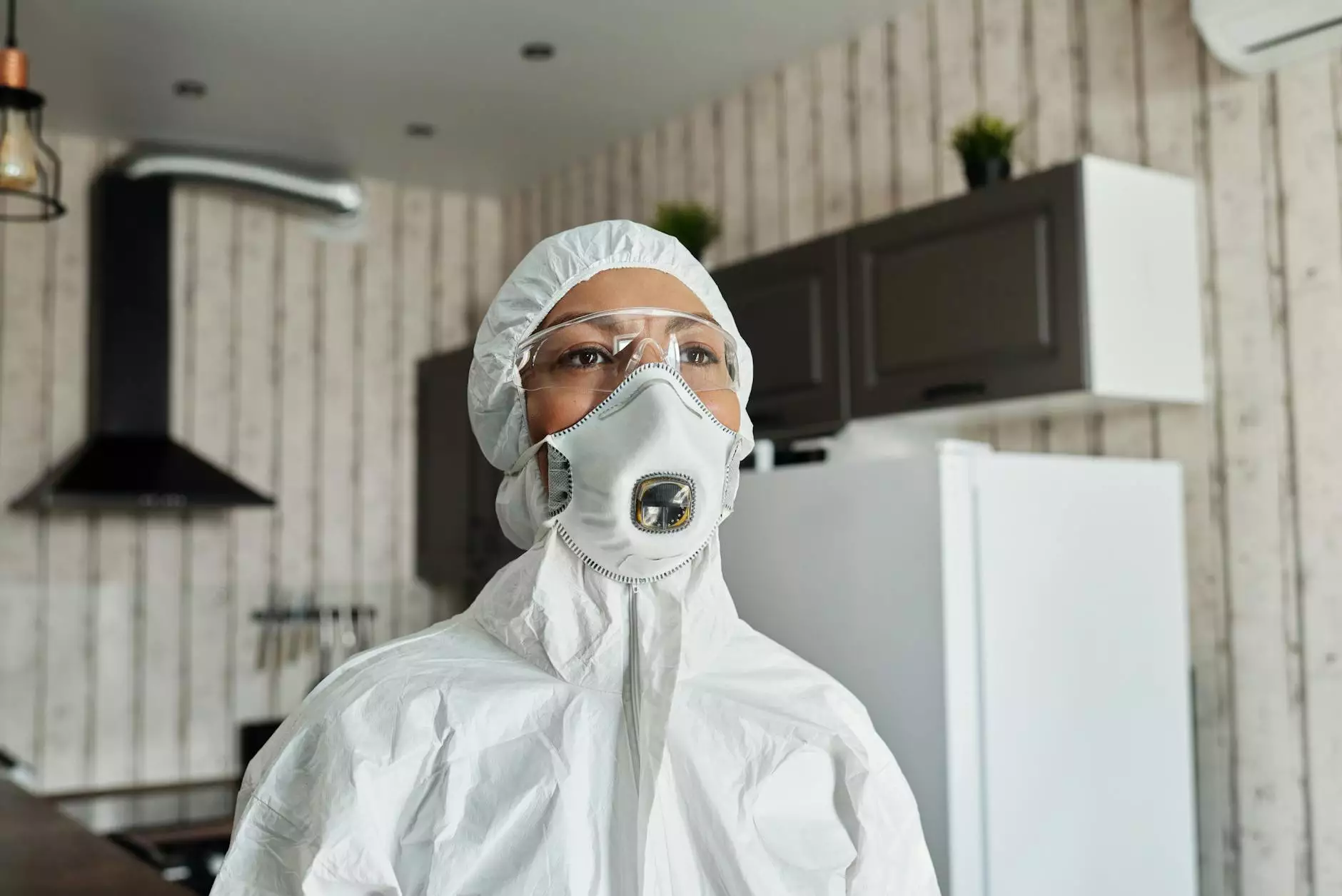Problems With PCB Micro Voiding

Understanding PCB Micro Voiding
PCB micro voiding, also known as microvia voiding, is a common problem encountered in PCB (Printed Circuit Board) manufacturing processes. It refers to the formation of small voids or gas-filled cavities within the conductive traces or vias of a PCB. These voids can lead to various performance and reliability issues if not addressed properly.
Causes of PCB Micro Voiding
There are several factors that contribute to the occurrence of PCB micro voiding:
- Insufficient Plating Quality: Poor plating quality during the manufacturing process can result in the formation of voids.
- Inadequate Thermal Management: Improper thermal management during reflow soldering or wave soldering processes can lead to the generation of gas that gets trapped as voids within the PCB.
- Moisture Absorption: Moisture absorption by the PCB materials, such as resin, prepreg, or core materials, can cause voids when subjected to heat during soldering.
- Inconsistent Laminate Materials: Inconsistent material properties across the laminate layers can contribute to the formation of voids.
- Inadequate Design Considerations: Poor PCB layout, improper pad design, or insufficient via placements can exacerbate the occurrence of micro voiding.
Impacts of PCB Micro Voiding
PCB micro voiding can have detrimental effects on the performance and reliability of electronic assemblies. Some of the common impacts include:
- Electrical Concerns: Voids in conductive traces or vias can increase resistance, leading to signal degradation, intermittent connectivity, or even complete circuit failure.
- Thermal Concerns: Voids hinder the efficient dissipation of heat, causing localized hotspots and potential damage to sensitive components.
- Mechanical Concerns: Voids reduce the structural integrity of the PCB, making it more prone to flexing, bending, or breakage under mechanical stress.
Solutions to PCB Micro Voiding
Addressing PCB micro voiding requires a comprehensive approach during the manufacturing and design stages. Here are some effective solutions:
- Optimized Plating Techniques: Implementing advanced plating techniques, such as pulse plating or via filling, can significantly reduce the formation of voids.
- Improved Thermal Management: Proper thermal management practices, including optimized reflow profiles and controlled soldering atmospheres, help minimize void formation.
- Pre-Baking PCB Materials: Pre-baking the PCB materials before assembly can eliminate moisture, reducing the chances of void formation during soldering processes.
- Meticulous Material Selection: Choosing high-quality, consistent laminate materials with low moisture absorption properties minimizes the risk of micro voiding.
- Enhanced Design Guidelines: Following best practices for PCB layout, pad design, and via placement ensures an optimal design with reduced micro voiding risks.
Conclusion
In summary, understanding and addressing problems with PCB micro voiding are crucial for ensuring the quality and reliability of electronic assemblies. By implementing optimized manufacturing techniques, advanced plating methods, and diligent design considerations, the occurrence of micro voiding can be minimized. Partnering with reliable PCB manufacturing and assembly experts can also help in identifying and resolving micro voiding issues effectively.
For professional assistance with PCB micro voiding problems and other PCB-related concerns, contact our expert team at SEO in Sydney. We have a wealth of experience in providing high-quality SEO services for businesses in the Business and Consumer Services industry.










